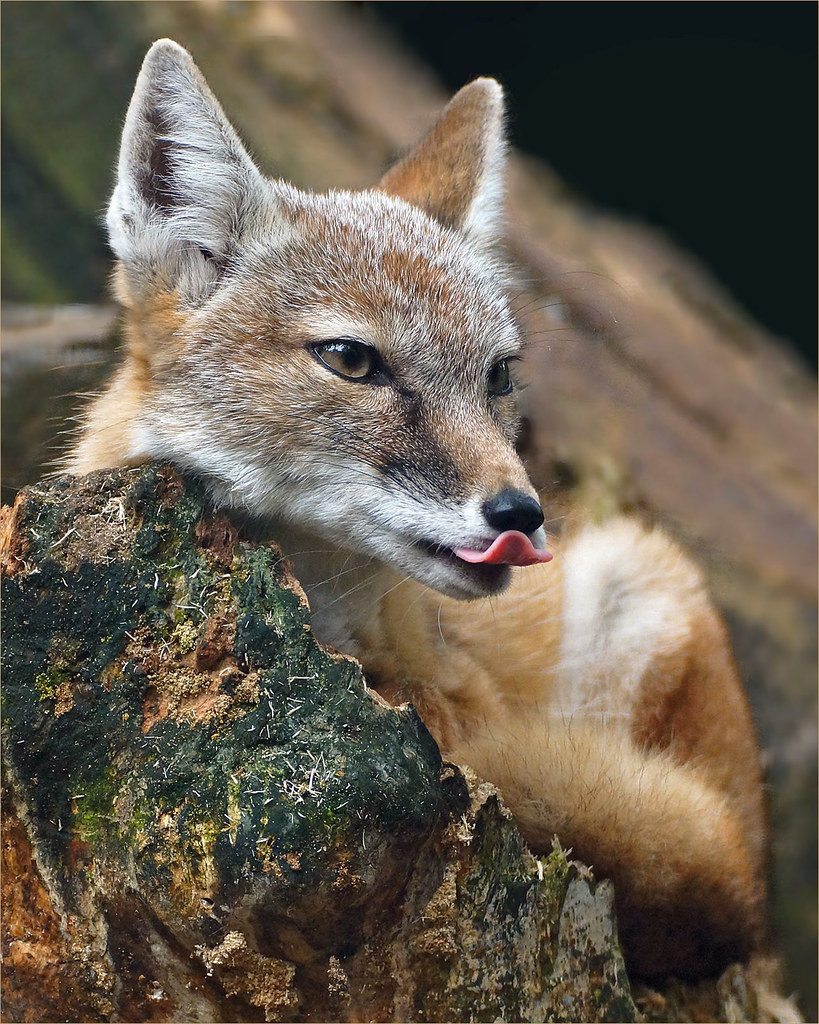
The corsac or steppe fox (Vulpes corsac) is a medium-sized Asiatic fox species found throughout the steppes and semi-deserts of central Asia, from the southeast area of Russia to Mongolia and China and down to Afghanistan and Iran.
The corsac fox with large ears and a short pointy face, is slightly smaller than the widespread red fox (Vulpes vulpes), with a head and body length of 45 to 65 cm, a tail of 19 to 35 cm and a weigh of 1.6 to 3.2 kg. It has grey to yellowish fur over much of the body, with paler underparts and pale markings on the mouth, chin, and throat.
During the winter, the coat becomes much thicker and more silky in texture, and is straw-grey in colour, with a darker line running down the back. For a fox, it has small teeth and a wide skull.
Corsac foxes are excellent climbers. It lives in the abandoned burrows of other animals, and it eats insects, small animals, birds, reptiles and plants. Corsac foxes are good hunters.
The major threat posed to the corsac fox is poaching. They are rather slow runners and are easily caught by hunters, and their population has been reduced in areas where they have been heavily hunted for their fur.
In the wild they live for 3 to 12 years; in captivity they are older.
This picture was taken in Dierenpark Wissel, a small zoo in Wissel-Epe, the Netherlands.
No comments:
Post a Comment